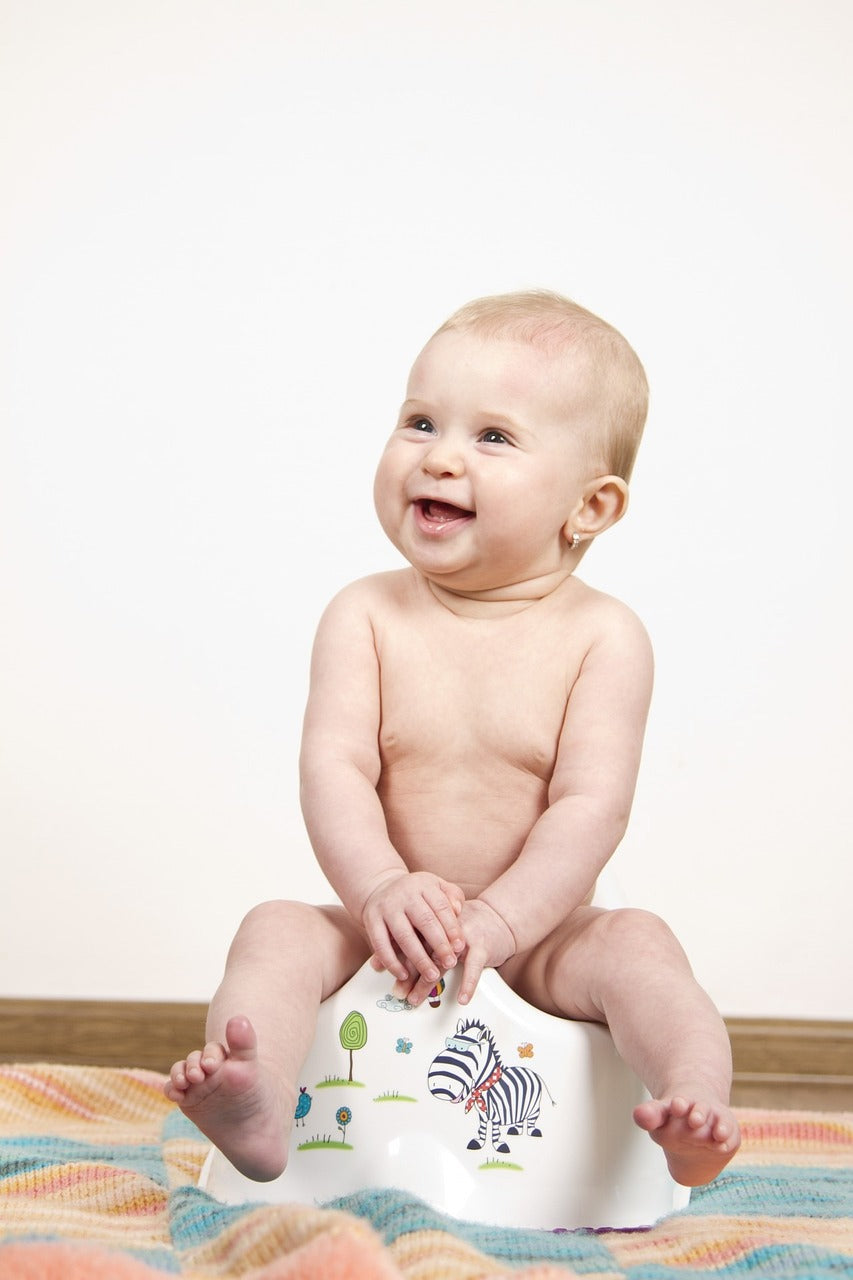How to Choose Baby Potty Training Toilets?
Baby potty training toilets are often introduced as an early step in the potty training process. They are smaller in size and designed to be more comfortable and accessible for babies who are not yet able to use a regular toilet.

Baby potty training toilet refers to specially designed toilet seats or potties that are used to introduce and train babies, typically between 6 months and 18 months of age, to use a toilet for their bathroom needs. Here are some key points related to baby potty training toilets:
Baby potty training toilets come in various designs and features. Some have a standalone design with a bowl-like seat and a removable basin for easy cleaning. Others are designed to be placed on top of a regular toilet seat, providing a smaller opening and a secure grip for the baby.

Size and Stability:
Baby potty training toilets are designed to accommodate the size and proportions of a baby. They usually have a smaller seat opening and a lower height, making it easier for babies to sit on them comfortably. They also provide stability and support to help the baby maintain balance.
Comfort and Safety:
Baby potty training toilets are designed with the baby's comfort and safety in mind. They often have smooth edges, rounded corners, and non-slip surfaces to prevent any discomfort or accidents. Some models also include features like a high backrest or armrests for additional support.
Portability:
Many baby potty training toilets are portable, allowing parents to easily move them around the house or take them on the go. Portable options often have lightweight designs, folding mechanisms, or carrying handles for convenience.

Cleaning and Hygiene:
Baby potty training toilets are designed to be easy to clean and maintain. Most models have removable basins or bowls that can be emptied, cleaned, and sanitized separately. Some may also have splash guards or urine deflectors to minimize mess.
Gradual Transition:
Baby potty training toilets are typically used as an initial step in the potty training process, helping babies become familiar with the concept of using a toilet. As babies grow and develop, they can gradually transition to using a regular toilet or a toddler potty seat.
It's important to note that every baby is different, and the age at which they are ready for potty training can vary. It's essential to consider your baby's individual cues, readiness signs, and developmental milestones when introducing potty training and selecting the appropriate potty training toilet. Consulting with a pediatrician or child development expert can provide guidance and support throughout the process.








